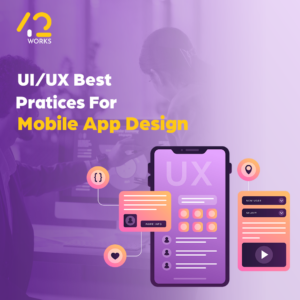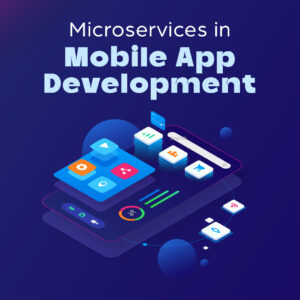Augmented Reality is the next frontier in the iOS mobile app ecosystem. Today AR is no longer the distant dream it once was. With the advancements of hardware and software capabilities. AR has turned into an opportunity for an iOS app development agency.
But this opportunity comes with its fair share of challenges. What are those challenges, and how can a mobile application development company prepare for them? Well first things first, you need to have an insight into the development cycle for AR-based apps. With this knowledge, you are then empowered to make more informed decisions.
To facilitate the empowerment of iOS application developers, we have compiled a list of top six tips for AR-based application development. We detail the same in the below points.
#1 Define Your AR App Type
Many new developers might be a little surprised, but Augmented Reality applications are divided into two primary types. The two types of AR apps are marker-based and markerless apps. Both these AR app types are suited for two different AR applications, for example:

- Marker-based – These AR apps only react to stimuli they recognize. A marker-based AR app reacts to predefined markers. A restaurant locator will only react to images of restaurants.
- Markerless – Unlike Marker-based AR apps, Markerless is designed to actively recognize and interact with stimuli. An iOS app development agency can train these app models to better recognize and interact with many unknown stimuli.
By defining your AR-based application type beforehand, you ease your development cycle. With this you reduce development volatility and increase overall turnaround time.
#2 Cloud Integration
AR-based applications are much more taxing on the mobile device hardware than other apps. Thus by decreasing the processing load on a hardware device, you can increase the app performance. An iOS app development agency needs to integrate the cloud with their AR app. You can also use cloud services to store and manage marker images when building marker-based AR apps.

Your AR app becomes much more attractive to users when it causes them the least amount of inconvenience. With cloud-based services, you can outsource a storage-intensive application and make it light on the hardware, therefore increasing your reach.
#3 Select Your Cross-Device AR Platform Carefully
When building your AR app you need to be very careful with your AR-platform. If you want your AR-app to have some cross-platform capability then select services that provide you with SDKs. An iOS app development agency needs to know that a good cross-device AR platform will offer a wide range of SDKs. For example, SDKs for Xamarin, Appcelerator, Unity, etc.
The choice of using native language code is entirely on the mobile application development company. Some AR platforms also offer secondary language support for HTML, JS, CSS, etc.
#4 Multi-Media & Multi-Device Support
Another principle factor while creating good AR-based apps is how well it supports user devices and media. An iOS app development agency must understand that an AR app with a lot of functionality with zero practicality is useless. You need to think about the end-user, first and foremost.

Therefore your AR-app SDKs should support more than one mobile device type. For example, Tablets, Wearables, SmartGlasses, etc. This along with support for multiple media file types will make your AR app stand out in the crowd.
#5 Dynamic Target Recognition
The most important aspect of an Augmented Reality application is its ability to recognize objects. The faster and more efficient that task, the better it’s developers. Thus an iOS app development agency needs to carefully deliberate on the target recognition pattern and datasets.

The higher and more diverse the number of training dataset images, the better will the AR algorithm be able to recognize set target images. A mobile application development company’s special attention should also go towards the quality of the datasets in use. As these datasets would have a direct impact on the efficacy of the end product.
#6 Adaptability
The last and one of the most critical aspects of building an AR-app is its adaptability. Augmented Reality and its applications are constantly evolving. Thus an AR-based app that can’t adapt to changing trends cannot hold its own against rising competition.
An iOS app development agency should strategize how it can potentially evolve its AR-platform for future possibilities. Making your AR-based app future proof is essential to building a credible brand that lasts for a long time.
Our Take
Creating Augmented Reality mobile applications can be a mind boggling task. Not only are you pushing the limits of mobile application design and development, but also stretching the ends of hardware capabilities. An iOS app development agency can very easily go off the rails if it doesn’t pay enough attention. The above six points guide you into focusing your development cycle to become more streamlined.
Augmented Reality is slowing seeing many business applications. From games to graphic design. The opportunities for AR in business are endless. If a business wants to leverage these endless possibilities. Then they need to partner with an experienced mobile application development company to propel their growth.


